A couple of difficult birds to locate and photograph; the Grasshopper Warbler and the Corn Bunting.
Corn Bunting
Years ago, when I was birdwatching around the mosses, the Corn Bunting was a regular and common sight. Back then in the seventies you would be guaranteed to see it on any excursion out and around the lanes just north of Crosby. Looking back on my notes from 1974, a particularly well documented year for me, it features on every list and not as anything special, just another LBJ.
It’s now on the Red List having suffered a catastrophic 85% decline since those days with an estimated British population of only 10,000 pairs. There are various reasons for this huge downturn; lack of winter feed, earlier harvesting (the Corn Bunting is a late breeder) the loss of spring tillage, more land being earmarked for pastoral rather than arable farming and still, depressingly, the indirect use of pesticides. Have we learnt nothing from Silent Spring, first published 12 years before my diary entries began in earnest!
There’s a corner of the mosses that still holds a small population and with a little patience it’s not to difficult to locate the bird. At times it shows itself well on the telephone wires belting out its distinctive ‘jangling of keys’ song. Occasionally they’ll drop into the crops giving better opportunities for more classic images. Interestingly the bird is now virtually extinct in Wales, with only a couple of pairs hanging on in a small corner of Flintshire. The words of Chris Mead in, ‘The State of the Nations Birds’ published in 2000 did not make good reading then and the decline has continued in the ten years since it was written,
…”One has to seriously wonder whether this inoffensive and unspectacular bird will survive in Britain”
Grasshopper Warbler
The Grasshopper Warbler is perhaps even more difficult to photograph, its habit of skulking low in the vegetation and being a dawn-dusk bird making it hard to locate. It to is on the red list, having suffered a 50% decline in the last 25 years, its numbers now similar to that of the Corn Bunting. I’d heard of a couple of birds on the Crosby foreshore and so went down pre dawn to see if I could locate them. Sound is definitely the best way to home ‘in and around’ them. ‘In and around’ because the way they rotate their head as they sing with beak wide open gives a ventriloquial effect. It is said that the song can be heard up to a kilometre away but it’s pitch being so high makes it impossible for some to hear at all.
The Grasshopper Warbler’s ‘reeling’ song is a most extraordinary sound and in the stillness of an early morning, punctuated the air in an unforgettable way. Once I’d homed in on the area it wasn’t difficult to find. It was also very approachable and I stayed with it for a good couple of hours as the light slowly improved from the almost monochrome dawn to a beautifully saturated early morning light. I started shooting at 5000 ISO and ended up at 100, the gradual shift seemingly imperceptible to the eye but always measurable by the camera.
My experience of this encounter is best summed up by Gilbert White, although I didn’t follow the bird for a hundred yards! Curious too that White himself may have often failed to locate the bird as he suffered from periodic deafness during the later years of his life.
…”the country people laugh when you tell them that it is the note of a bird. It is a most artful creature, skulking in the thickest part of a bush; and will sing at a yard distance, provided it be concealed. I was obliged to get a person to go on the other side of the hedge where it haunted; and then it would run, creeping like a mouse, before us for a hundred yards together, through the bottom of the thorns; yet it would not come into fair sight: but in a morning early, and when undisturbed, it sings at the top of a twig, gaping and shivering with its wings.”
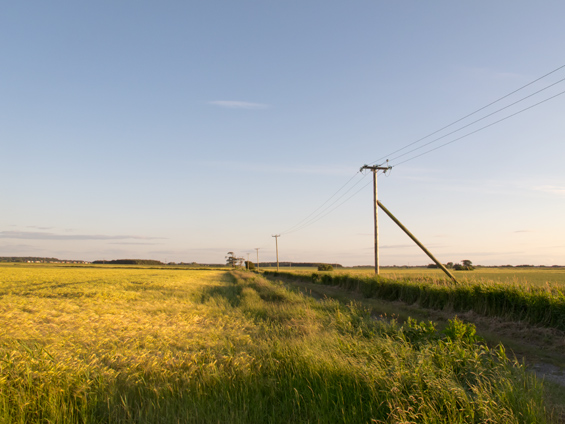

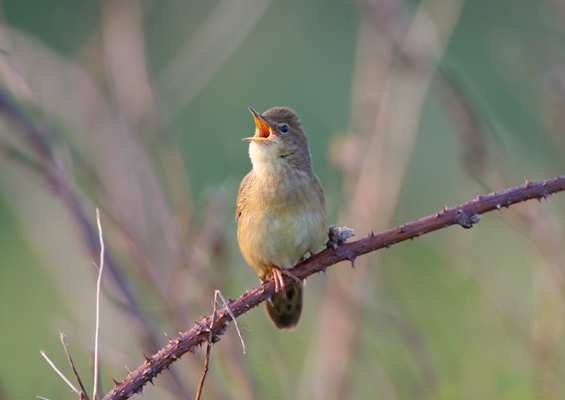
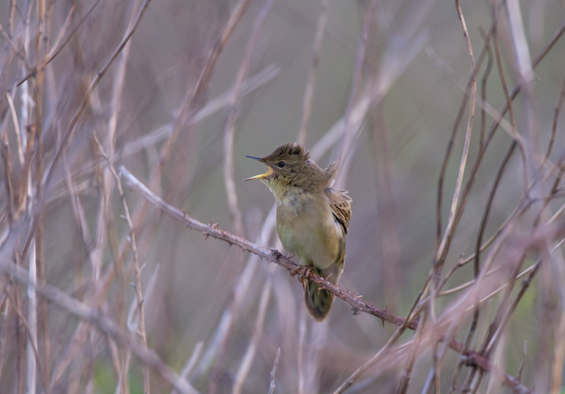
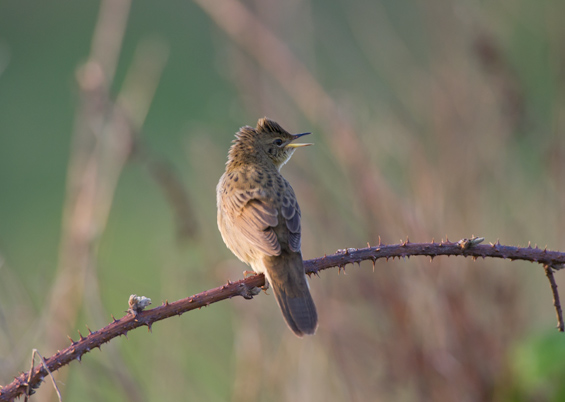
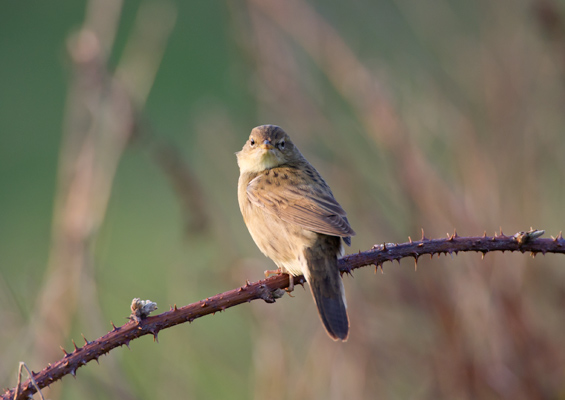
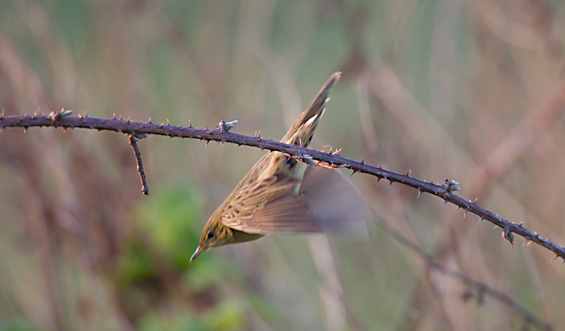
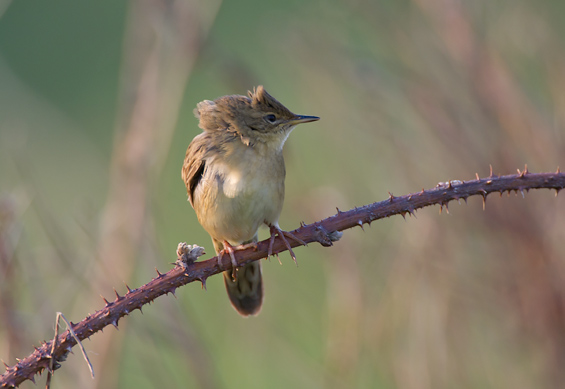

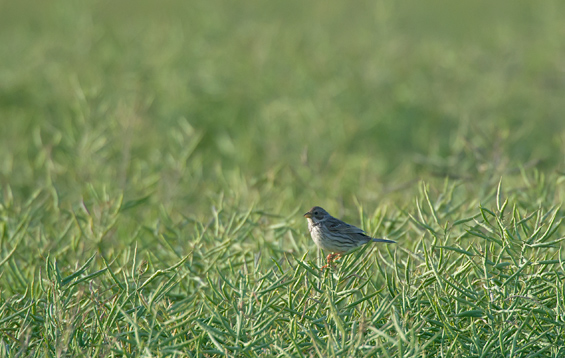
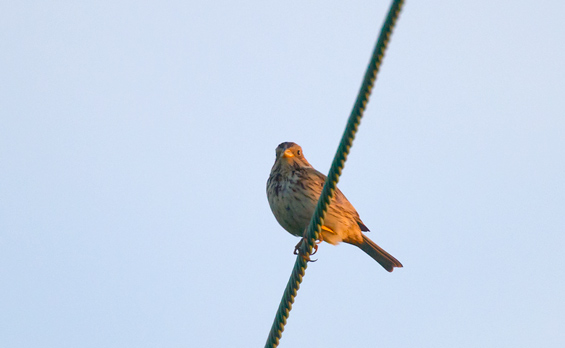
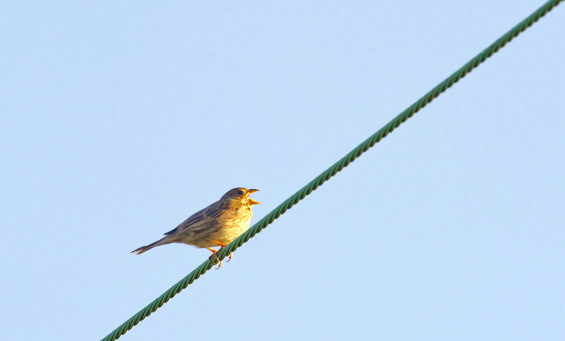
No comment yet, add your voice below!